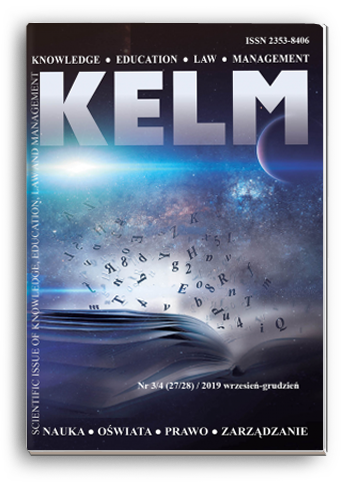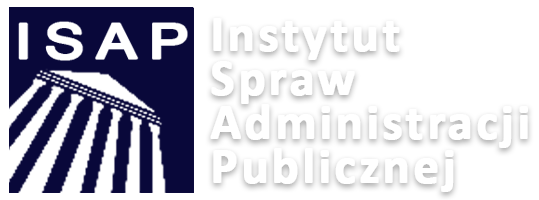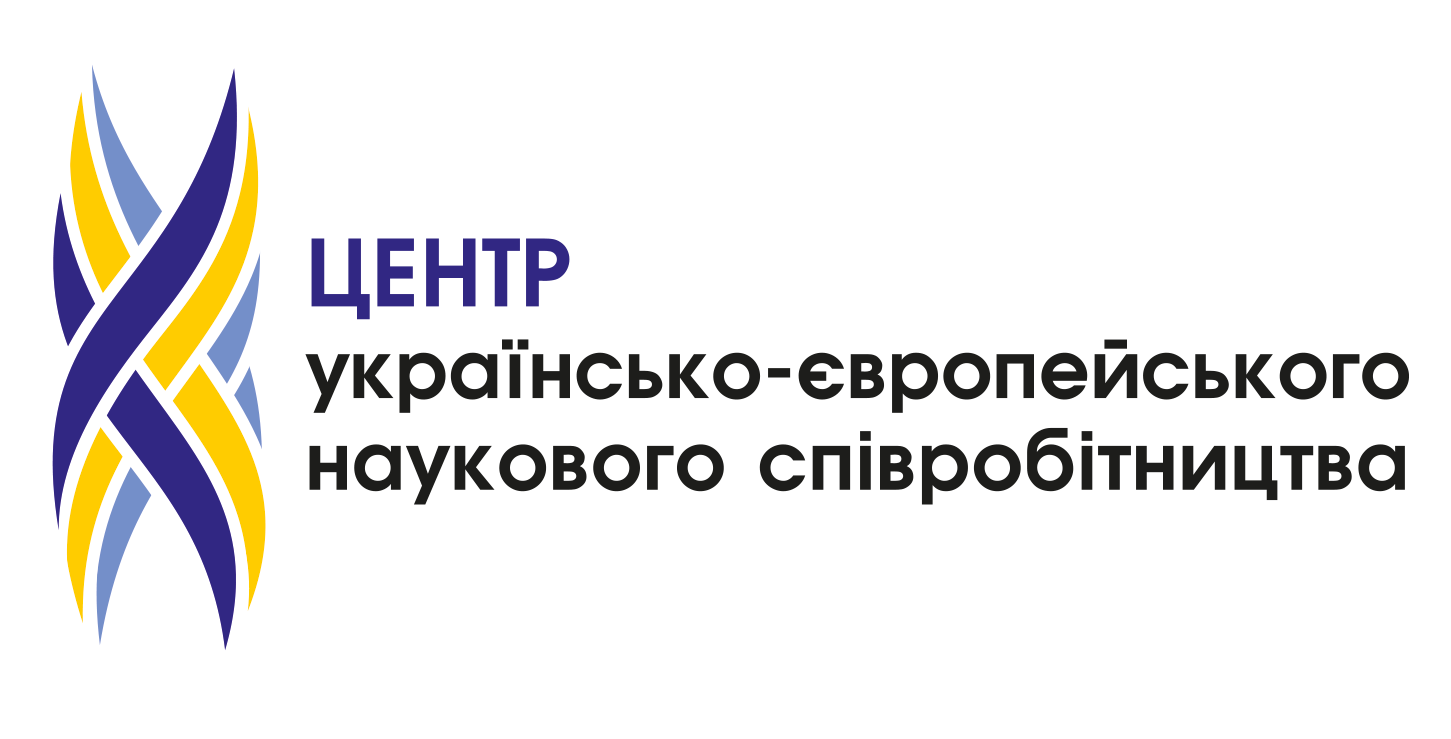 Dear authors!
Dear authors!
We kindly invite you to publish your articles in the foreign scientific journal
KELM (Knowledge, Education, Law, Management)
Fill an application form
Download the newsletter
The electronic version of the journal will be released on the official website at this link.
There are accepted for review the articles on the relevant topics containing the results of in-depth research, novelty and justification of scientific conclusions relevant to the purpose of the article, which have never been published before and correspond to the following areas of knowledge: education/pedagogy, culture and art, humanities, social and behavioral sciences, journalism, management and administration, law.
 Year of foundation: 2013.
Year of foundation: 2013.
Founder: Foundation The Institute for Public Administration Administration of Lublin.
Periodicity: 8 times a year.
Publication languages: Polish, English, Ukrainian and other languages of the EU.
Scientometric bases: Index Copernicus, Worldcat, Research Bible, Central and Eastern European Online Library.
A scientific article published in the scientic journal «KELM (Knowledge, Education, Law, Management)» is considered a release in a periodical scientifical publication of a member country of the Organization for Economic Co-operation and Development and the European Union in accordance with para. 2.2 of the Order of the Ministry of Education and Science «On the Issuance of the Results of Dessertations on Obtaining the Degree of Doctor and Candidate of Sciences» No. 1220 dated September 23, 2019 (for obtaining the degree of Candidate and Doctor of Sciences).
To publish an article in the journal «KELM (Knowledge, Education, Law, Management)» Issue No. 8(76), 2025 you must send an e-mail to the editorial office at kelm@cuesc.org.ua on or before December 26, 2025 with the following materials:
- the article drawn up according to the requirements specified by the editors. The articles, which do not meet the requirements, can be rejected;
- the application form for the author filled at link;
- a payment receipt*.
*The requisites for paying a publication fee are sent only after successful review of the article. The author will be informed on the results of the review process within 2-3 days from the day of receipt of the materials by the editors.
Journal electronic version will be available on the website after February 28, 2026.
Authors who ordered a printed copy will receive it after March 31, 2026.
GENERAL REQUIREMENTS FOR THE SCIENTIFIC ARTICLE
- The article should present the author’s own opinion on the stated topic.
- The article should contain ideas characterized by a high level of generalization and scientific novelty.
- The title of the article, abstract and key words are given in English and the language of manuscript. The last name and first name are transliterated according to the current transliteration requirements of the author’s country.
* The editors of the journal add to the manuscript the title of the article, abstract and key words in Polish.
Publication languages: Polish, English, Ukrainian and other languages of the EU.
The article file must contain:
- Information about authors (the last name and first name, scientific degree, academic rank, position,
affiliation, city/town, country);
2. Title of the article, abstract and key words in English and the language of manuscript;
3. Text of the article with the subtitles, filled out by borrowings and references to sources.
4. References.
PROHIBITION TO REFER TO THE AGGRESSOR STATE’S SCHOLARLY PAPERS
It is prohibited citing and including in the reference list russian-language contributions published in any country, incl. papers written in other languages but published in russia and belarus.
ТЕCHNICAL ARRANGEMENT
-
- Papers: 20.000–40.000 characters with spaces (also including abstracts, references, bibliography, tables, diagrams, and footnotes).
- The margins – 2 cm; the paragraph – 0.75 cm; the indent before and after paragraph – 0; line spacing – 1.5.
- The font – Times New Roman4; skittles14.
- Arrangement of the article text:
-
- The title of the article (center alignment, capital bold letters).
- The first name and last name of the author (center alignment, normal letters, bold, italic).
- Affiliation, city/town, country, ORCID (center alignment, normal letters, italic).
- Abstract – 1 paragraph from 100 to 150 volume, normal font.
- Key words – 6–8 words of phrases by the article’s topic, normal font.
- The main text of the article, normal font. The subtitles are highlighted in bold.
- References – normal font.
5. You should clearly differentiate the dash (–) and the hyphen (-).
6. It is forbidden to expand or to condense the intervals between letters.
7. It is forbidden to make the paragraphs by tabulations or by multiple spaces.
8. The only one space is used between words (it is forbidden to expand the words by several spaces).
9. The quotation marks of the format « » can be used only.
10. The non-breaking space (Ctrl + Shift + Space) is used between the initial letters and the last name.
11. In addition to the text, the full JPEG and JPG images elements are allowed only.
12. The graphic elements, made in graphic editors with high-quality details, are allowed to use.
13. It is forbidden to use scanned drawings/drafts made with a pencil or pen by hand.
14. The excessive use of tables is forbidden, a small volume of tables are allowed only.
15. The file format for sending to the editors can be .DOC or .DOCX only.
REVIEW PROCESS
All materials submitted to the editors and corresponding to the topic are reviewed before release with the involvement of at least two experts. Reviewing is carried out by one of the members of the editorial board, who is a recognized expert in the field of knowledge on the subject of the presented work. The objective reviewers carefully evaluate the quality of the submitted article, including using their personal criteria. The reviewers check the manuscripts to justify the chosen research methodology and procedures. In addition, they are able to detect unethical actions or plagiarism. If the reviewer has comments on the article, it can be returned to the author for revision.
The editorial board of the journal reserves the right to reject articles that do not meet the requirements and topics of the journal.
ACADEMIC INTEGRITY
The Editorial Board guarantees high-quality anonymous peer-review of articles and their check for plagiarism using StrikePlagiarism.com by the Polish company Plagiat.pl.
COST OF PUBLICATION
The cost of publishing a scientific article in the journal «KELM (Knowledge, Education, Law, Management)» is 1 800 UAH. (for 20 pages). Each extra page is 50 UAH. The publication fee covers expenses associated with reviewing, article proofreading and editing, journal mocking-up and publication of its electronic version. It costs 1 400 UAH for the members of the Center for Ukrainian and European Scientific Cooperation (information on how to become a member of CUESC is available at link).
If desired, an author can order a printed copy of the journal. The cost of a printed copy is UAH 800, which is paid in addition to the publication fee.
SТRUCTURE OF THE SCIENTIFIC ARTICLE
The title of the article should briefly inform its content and contain no more than 13 words.
Abstract (100–150 words) should be clear and informative (with no secondary phrases, general information), meaningful (to present the main content of the article). It should contain an introductory sentence, a brief description of the methods of conducting research (1-2 sentences). There should be a description of the main results and concise conclusions or prospects for further research. The abstract must be clear and without familiarizing with the main content of the article.
Key words: 6–8 words /phrases reflecting the specifics of the topic without duplicating words from the article’s title.
The text of the article should contain the introduction, the main part and the conclusions.
«Introduction» should contain a description of research of the problems in the world scientific literature and the purpose of work.
The main text
The research tasks should be formulated. The purpose and tasks should be interconnected and reveal of the article’s topic. The materials and methods of research, research results and their discussion should be presented.
Materials and methods of research are formed in the way so the research can be reproduced according to the description provided. The common methods require no explanations.
The results and discussion: the main research material outlined with full justification of the scientific results obtained. The results should be presented in a logical sequence in the text, tables and figures. It is not necessary to duplicate and repeat the data of tables and figures in the text. Their comparison can be mentioned only. When summarizing quantitative data, it is necessary to indicate not only relative (for example, percent), but also absolute values, and the specific statistical methods applied for their analysis should be mentioned.
The discussion. This part contains the interpretation of results only, without their iteration. It is necessary to select new and important aspects of the conducted research, to analyze the possible mechanisms or interpretation of these data and to compare them with the data of other researchers, if it is possible. The discussion could include well-grounded recommendations for practice and possible perspectives for applying the results in the future studies.
«Conclusion». The results of solving the problem indicated in the title and purpose of the article are presented here.
«References».
All sources from the references should be quoted in the text of the article; otherwise, the corresponding element should be deleted. The references to sources used should be mentioned in parentheses, where the author’s name, the year of publication, the page to which you refer in the text should be mentioned. For example: Jones S. stated, “Students often had difficulty using APA style” (Jones, 1998: 199). The references should be listed.
If the article sourced has the digital object identifier, DOI (http://doi.org/index.html), it should be necessarily mentioned.
The «References» part consists of two blocks (regardless of the language of the article):
Список використаних джерел. These sources are listed in the original language according to the national bibliographic standard DSTU 8302:2015. For example:
Яцків Я.С., Радченко А.І. Про ефективність видання наукових журналів в Україні. Вісник Національної академії наук України. 2012. № 6. С. 62–67. DOI: 10.23012/2018.1-2.08.
References. The same list of sources is mentioned in English here. References must be presented according to the bibliographic standard APA (http://www.apastyle.org/). The title of sources in Ukrainian should be translated in English, their transliterated titles should be mentioned in parentheses*. For example:
Yatskiv Ya.S., Radchenko A.I. (2012). Pro efektyvnist vydannia naukovykh zhurnaliv v Ukraini [On the effectiveness of publication of scientific journals in Ukraine]. Visnyk Natsionalnoi akademii nauk Ukrainy, 6, p. 62–67. DOI: 10.23012/2018.1-2.08 [in Ukrainian].
*Website for transliteration from Ukrainian.
EXAMPLE OF THE ARTICLE EXECUTION
A modern view of syntax in English
Myroslava Kvitka
Candidate of Philology Science, Professor,
Professor of the Department of English Philology and Translation
Odessa National Polytechnic University (Odessa, Ukraine)
ORCID ID: 0000-0025-3589-4628
Email
Abstract. In the provisions of the scientific article, the author analyzes the opinions of scholars on modern syntax in English… (100–150 слів).
Key words. The combination, the complex sentence, the phrase, the simple sentence, the syntax.
Сучасний погляд на синтаксис в англійській мові
Мирослава Квітка
доктор філологічних наук, професор,
професор кафедри англійської філології та перекладу
Одеського національного політехнічного університету (Одеса, Україна)
ORCID ID: 0000-0025-3589-4628
Email
Анотація. У положеннях наукової статті автор проводить аналіз думок науковців щодо сучасного синтаксису в англійській мові… (100–150 слів).
Ключові слова: комбінація, просте речення, синтаксис, складне речення, словосполучення.
Текст статті … (Файфер, 2012: 105).
Список використаних джерел:
- Файфер Н.В. Основні напрями дослідження синтаксису. Науковий вісник кафедри ЮНЕСКО Київського національного лінгвістичного університету. Філологія, педагогіка, психологія. 2012. Вип. 25. С.101–105. doi: 10.23252/2048.1-2.08
References:
- Faifer, N.V. (2012). Osnovni napriamy doslidzhennia syntaksysu [The main directions of syntax research]. Naukovyi visnyk kafedry YuNESKO Kyivskoho natsionalnoho linhvistychnoho universytetu. Filolohiia, pedahohika, psykholohiia. issue 25, pp. 101–105. DOI: 10.23252/2048.1-2.08 [in Ukrainian].
REPRESENTATION IN UKRAINE
 Center for Ukrainian and European Scientific Cooperation
Center for Ukrainian and European Scientific Cooperation
Coordinator of foreign scientific journal:
Tiutiunnyk Tetiana Mykolaivna
Tel.: +38 (068) 473 02 28
E-mail: kelm@cuesc.org.ua
Website: www.cuesc.org.ua/zhurnali/kelm
Official website of the journal: www.kelmczasopisma.com










